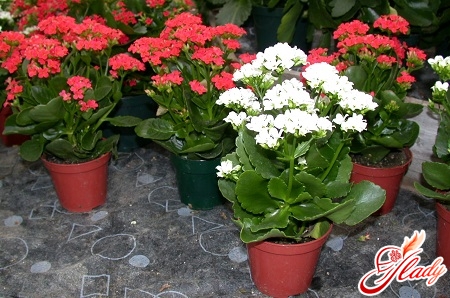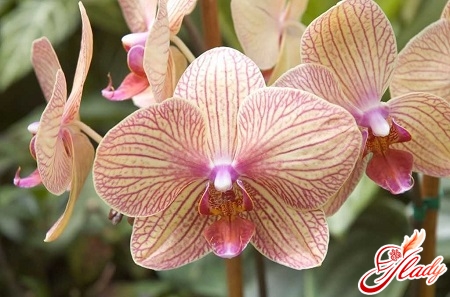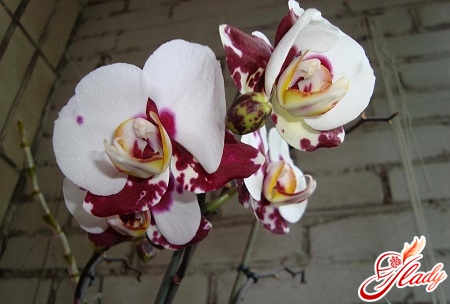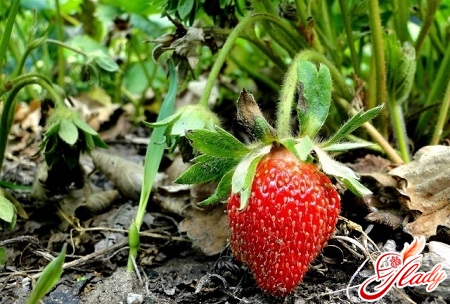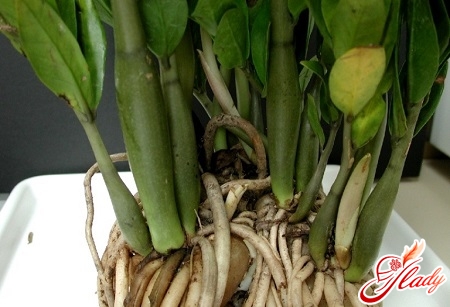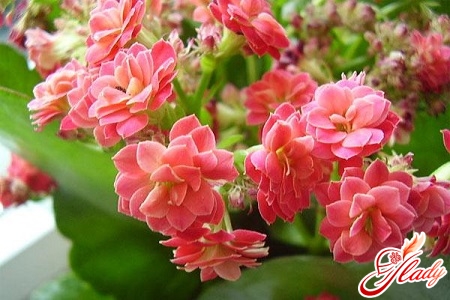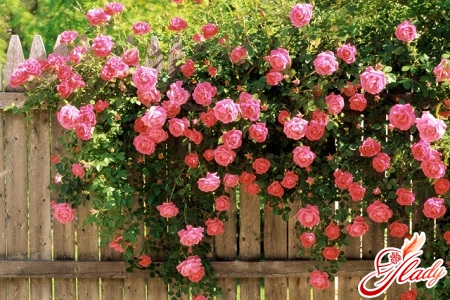 Do you dream of having an original and beautiful garden?Take up the so-called vertical gardening. For these purposes, you can use climbing plants for the garden, which can perform a wide variety of tasks. With their help, you can create stunningly beautiful decor, as well as green architectural forms, build hedges, maintain a microclimate in the room and much, much more. Climbing plants give a huge scope for imagination when decorating a garden. Covering the walls of your house with a flowering carpet, they can bring an additional element to the landscaping of your site. If there is no support for them, their stems not only decorate the area with a carpet, attracting attention with their unusual structure and color, but also perform purely practical functions, suppressing weeds with their cover. Although be prepared for the fact that cultivated plants will not escape the same fate. Climbing plants are a decoration of any garden. Arches, pergolas, trellises and trellises entwined with them will help create charming corners on your site. With the help of climbing plants you can decorate the facade of the house and veranda, gazebos in the garden and benches for relaxation. With their help you can give a new look to any architectural form. There are many types of climbing plants: they can be conditionally divided into annuals and perennials. And both groups will contain both purely decorative plants that will delight your eyes with their flowers and leaves, and fruit crops that will diversify your menu in addition to everything else. We will list here climbing plants for the garden, the names of which may not be familiar to everyone, but which feel good in the conditions of our moderate climate.
Do you dream of having an original and beautiful garden?Take up the so-called vertical gardening. For these purposes, you can use climbing plants for the garden, which can perform a wide variety of tasks. With their help, you can create stunningly beautiful decor, as well as green architectural forms, build hedges, maintain a microclimate in the room and much, much more. Climbing plants give a huge scope for imagination when decorating a garden. Covering the walls of your house with a flowering carpet, they can bring an additional element to the landscaping of your site. If there is no support for them, their stems not only decorate the area with a carpet, attracting attention with their unusual structure and color, but also perform purely practical functions, suppressing weeds with their cover. Although be prepared for the fact that cultivated plants will not escape the same fate. Climbing plants are a decoration of any garden. Arches, pergolas, trellises and trellises entwined with them will help create charming corners on your site. With the help of climbing plants you can decorate the facade of the house and veranda, gazebos in the garden and benches for relaxation. With their help you can give a new look to any architectural form. There are many types of climbing plants: they can be conditionally divided into annuals and perennials. And both groups will contain both purely decorative plants that will delight your eyes with their flowers and leaves, and fruit crops that will diversify your menu in addition to everything else. We will list here climbing plants for the garden, the names of which may not be familiar to everyone, but which feel good in the conditions of our moderate climate.
Curly annual plants
Among the climbing annual plants there are manythose that are well known to everyone. These are various varieties of bindweed, sweet peas, nasturtium, passionflower, Turkish beans, morning glory, etc. They combine beautifully with all plants and form picturesque compositions. All of them are characterized by long flowering, an abundance of greenery and fast growth, so they are indispensable for vertical gardening and serve as a decoration for a garden plot, balconies, fences and terraces. For good development of climbing annuals, sunlight is necessary. They have only two, but significant, drawbacks. The fact is that these plants need to be planted every year, but the seeds from these plants are scattered throughout the garden, where necessary and not necessary. And you will have to remove the shoots of these plants that have sprouted in the wrong place along with the weeds. Climbing annuals, despite their weak appearance, have a strong stem and are able to displace all other plants around them. For the successful development of annual climbing plants, various vertical supports are required. It should be taken into account that the support should not consist of too thick elements, because this will not allow the sprout to firmly attach to them. It is advisable to install supports for climbing plants when they are planted, so as not to damage the roots later. Fences, various nets, pyramids of branches can be used as supports. Annual climbing plants are good because they do not need to be prepared for winter - cut and insulated. At the end of the season, they are simply removed.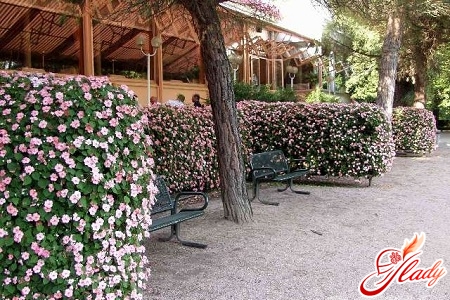
Perennial climbing plants
Among the long-known perennial climbersplants such as wild grapes, climbing roses, honeysuckle, etc., recently a large number of new magnificent species have appeared, which are already becoming a familiar decoration of garden plots.
- Wild grapes
Wild grapes in landscape designis used for vertical gardening very often. It can cling not only to trees and fences, but also to walls. Wild grapes weave a beautiful carpet over any surface. Its bright foliage blooms very early and lasts throughout the summer. At the beginning of the season, the leaves are light green. And later they darken, and by autumn the foliage turns red, making the appearance of this plant absolutely unforgettable. It can be planted anywhere on the site - where there is some kind of support so that the wild grapes can grow on their own. Otherwise, you will have to direct the growth of the plant yourself. In order for the wild grapes to cling with their tendrils, any support will do - ropes, reinforcement, fluted mesh. It should be borne in mind that the support must be strong, because an adult plant is very heavy.
- Climbing rose
Climbing roses are very similar to bush roses.This plant is very beautiful and will delight you from the beginning of summer until late autumn. All this time, the plant is completely covered with a large number of bright flowers, which are collected in inflorescences. Climbing roses are usually planted on the sunny side. Due to the large weight of the branches, it needs a fairly strong support, which is best made of wood. Climbing roses are quite delicate and do not tolerate winter very well in our climate. If you do not wrap it up, the shoots may freeze in winter, and the rose will not be able to continue growing in the spring. Wood sawdust is used to insulate the roots, and most of the shoots are wrapped in a special material. With the onset of spring, dry branches are cut off to allow young shoots to grow. The bushes are thinned out once every three years.
- Honeysuckle
Honeysuckle is an ornamental plant,with a pleasant smell. Honeysuckle is not an ordinary plant. Its flowers bloom in the evening, emitting a wonderful aroma that attracts moths. There are many varieties of honeysuckle. Among them, there are flowering and non-flowering, as well as edible and inedible. For vertical gardening, the most effective is honeysuckle caprifolium. Honeysuckle is a light-loving plant, but it is undemanding in terms of soil. But for good development, loamy and sandy loam soils rich in organic matter are most suitable for it. Honeysuckle is resistant to diseases and pests. In the middle zone, its annual shoots may freeze in winter. Honeysuckle shoots are best preserved under withered foliage or snow cover, so young shoots are removed from the support, tied to the ground with pegs and covered with leaves. And old bushes need to be wrapped in a special material.
- Clematis
The climbing plant clematis has large flowersa variety of colors. It has juicy dark leaves and thin graceful branches. If you create suitable conditions for clematis, it will delight you with its flowers for many years. The variety of shapes and colors is so great that you can choose a variety suitable for any garden. Clematis blooms very abundantly, and if you immediately cut off the faded flowers, it will bloom a second time, although less abundantly. Clematis feels best in a sunny place, but their roots need to be covered with some kind of ground cover plant. In all other respects, they are completely unpretentious. Since clematis clings to the support with leaves, it should be frequent so that the plant can easily reach the next crossbars. The plant does not need to be insulated for the winter. Clematis winters perfectly, the only thing it is afraid of is rotting.
- Wisteria
A magnificent climbing plant iswisteria. This is a southern plant, and therefore it cannot be grown everywhere. Wisteria flowers are white, pink or blue clusters that hang from the main shoots by 20-40 cm. Wisteria needs to be provided with a windless, warm place. Moreover, the space should be limited, because the roots of wisteria spread far from the main stem and give a lot of shoots. In the southern regions, it does not require insulation for the winter. But in places located closer to the north, the plant needs to be covered for the winter. Wisteria requires constant and competent pruning, otherwise it will not bloom, and pruning is different - depending on the climate zone. Here we have listed only some climbing plants - they will be a great decoration for the garden and personal plot. In fact, there are many more beautiful climbing plants. All of them are selected depending on the specific conditions of landscape design. We recommend reading:




